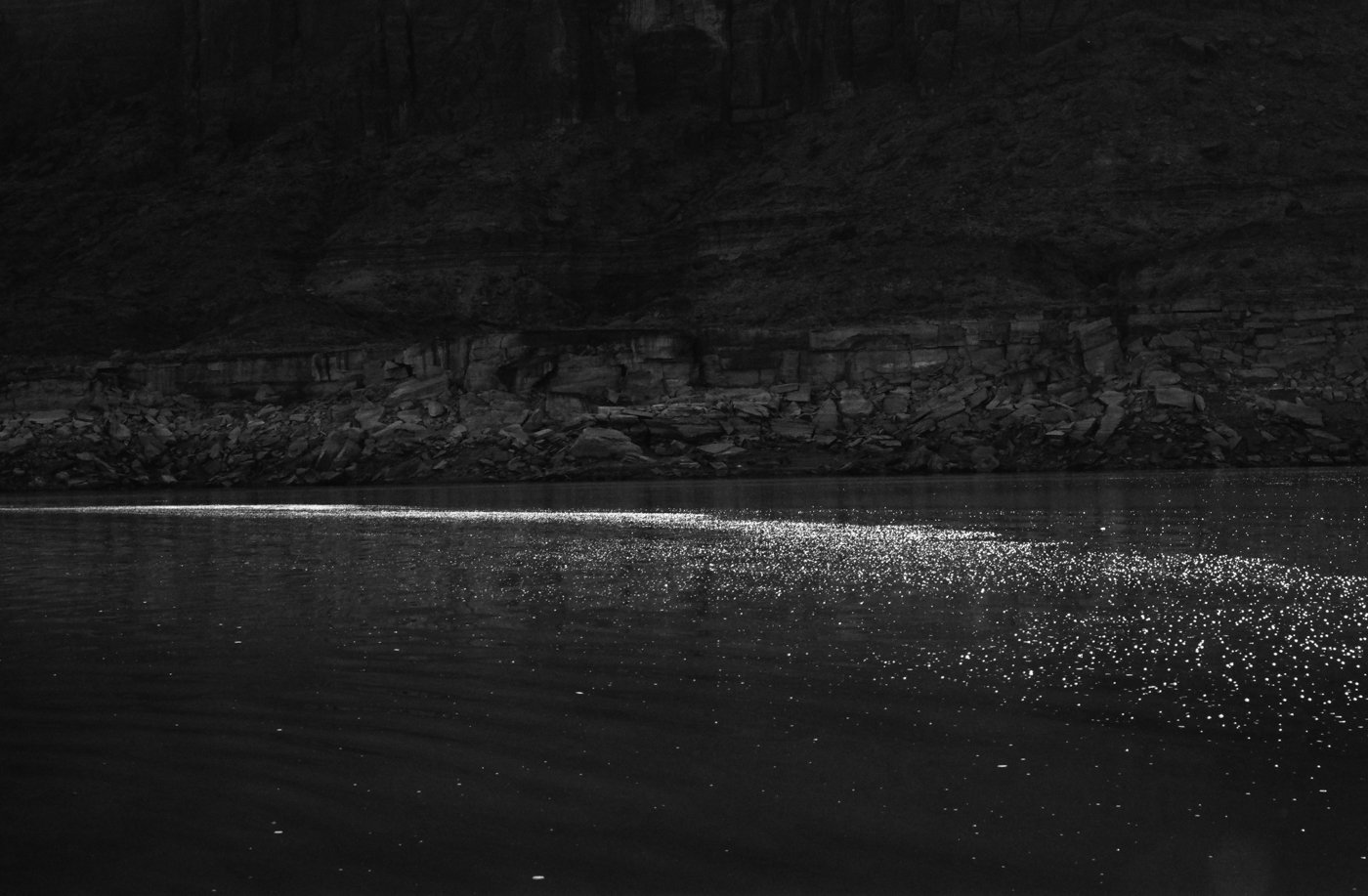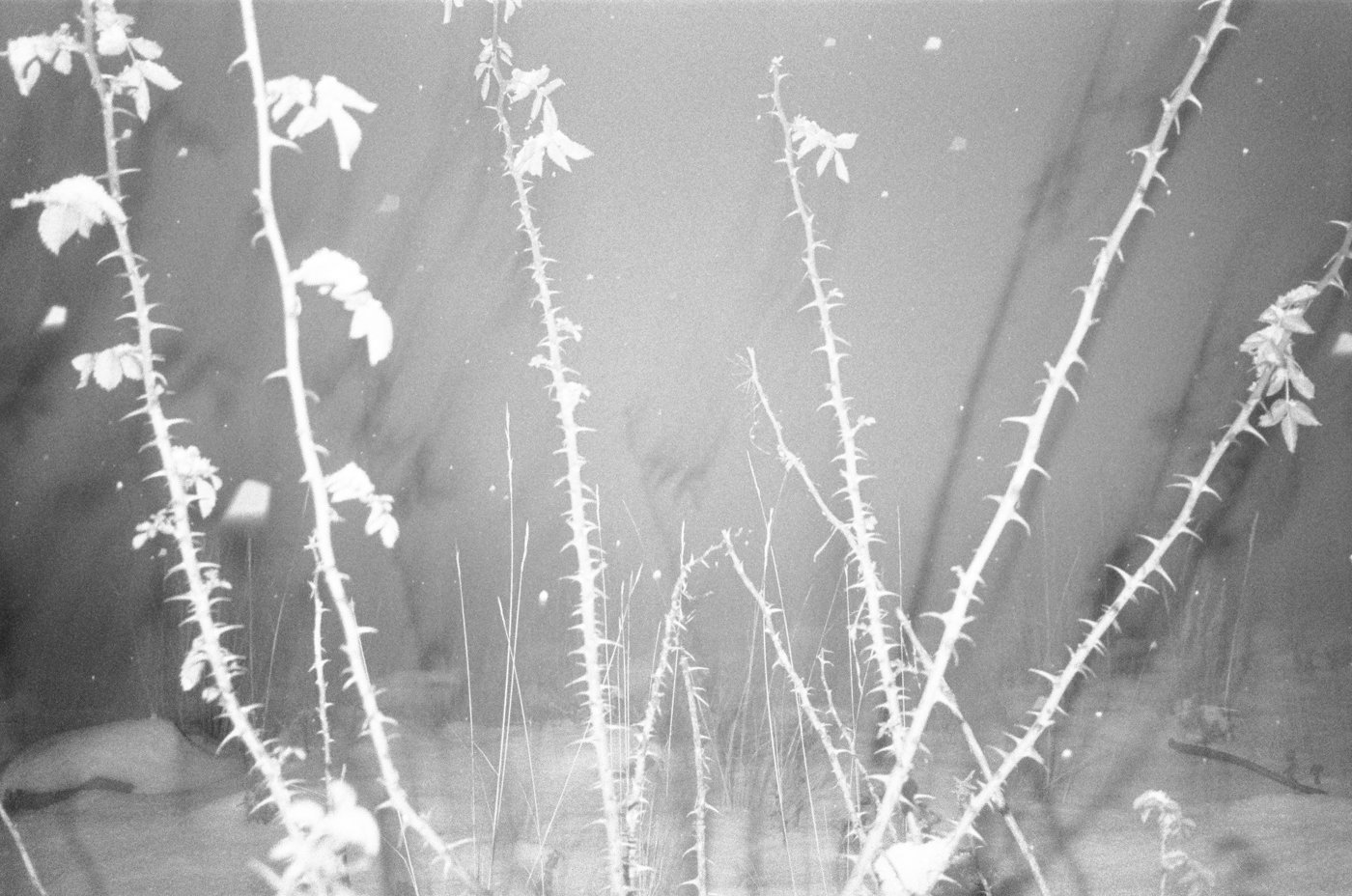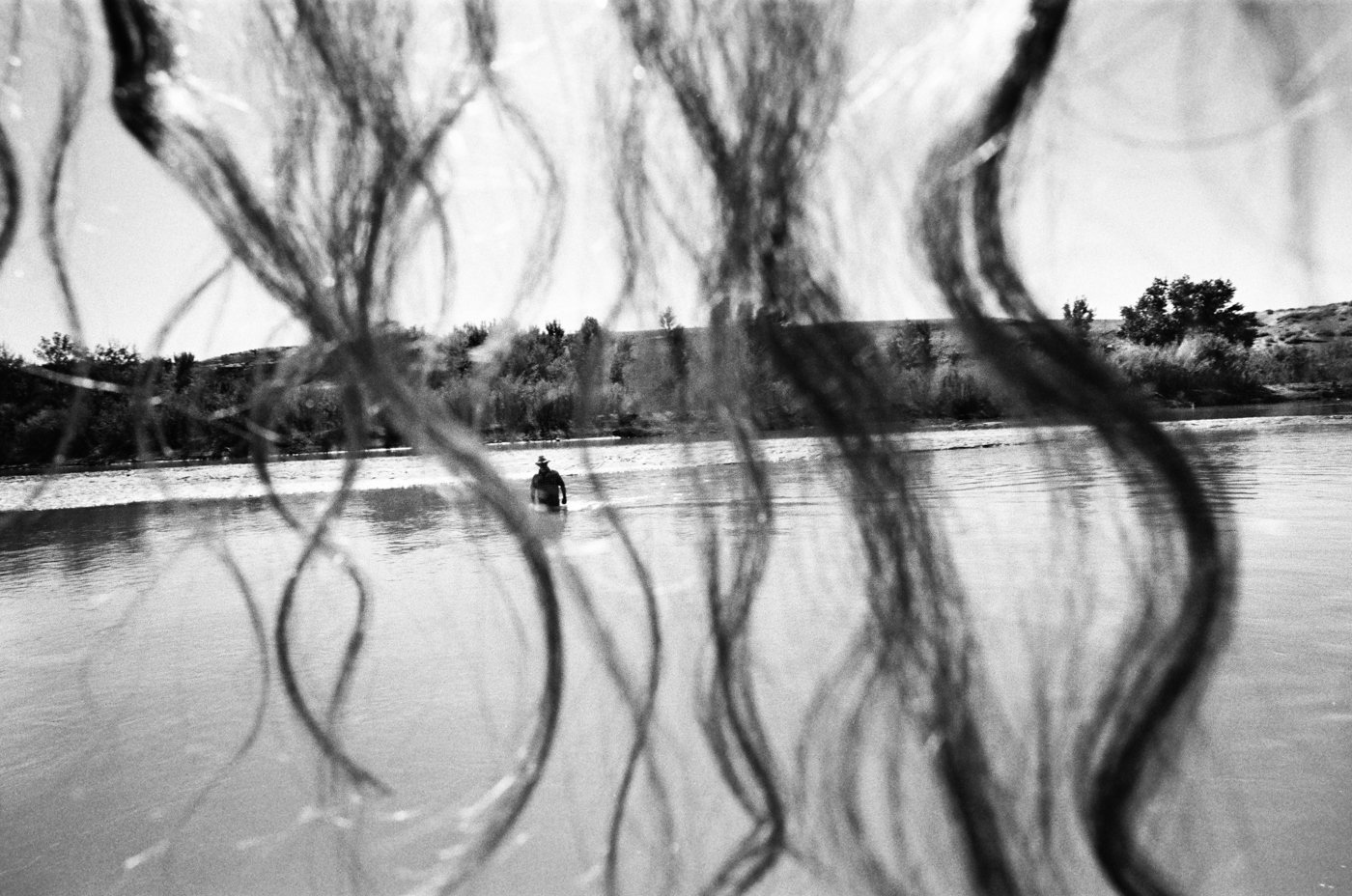




-
What Roots May Clutch is an eco-poetic foray into the edgelands of human and non-human relation and presence in the American West.
Photographed between 2020-2022, the work spans the distant reaches of the greater Colorado Plateau, and traces watersheds and the trail of human industrial extraction north into Montana and Washington. Making work using 35mm film in the black and white tradition, the work draws influence from the photographic sensitivities of Minor White, Emmet Gowin and Mark Klett, as well as the writings of Joy Harjo, Cal Flynn, and Gary Snyder. The physical process of image making draws from the romantic tradition of self powered movement through the natural world and the lingering alchemical elements of wet process printing.
Though the work is located in various known and named locations across the West, it is the elemental and ephemeral forces of wind, water, and deep time that serve as loci from which to reflect upon and immerse in the rapidly shifting landscapes of ecological erosion and renewal. Throughout the work creaturely exchanges of gaze offer clues to what John Berger might refer to as the "essential metaphors" inherent in the ancient relationship between human and animal.
Ultimately the work seeks to walk the line between light and dark, between awe and fear in order to stand closer to a sense of rootedness and humility.
As we navigate a present and future landscape that has been deeply altered by the human mark upon the land, the work seeks to return the gaze of a wild world that leaves space for wonder and humility.
-
Prints: Wet process Gelatin Silver prints, sizes ranging from 13''x19'' to 40''x60'' - all prints mounted and framed. // Artist book (48 images) printed on archival inkjet, hand sewn booklet, foil and free hand stamping, leporello, gatefolds, text on loose leaf, chemise and clamshell box. Bound in a set of five books, contained within a single clamshell box, the pseudo-epic format of the five books references the form of TS Eliot’s five chaptered Wasteland.
